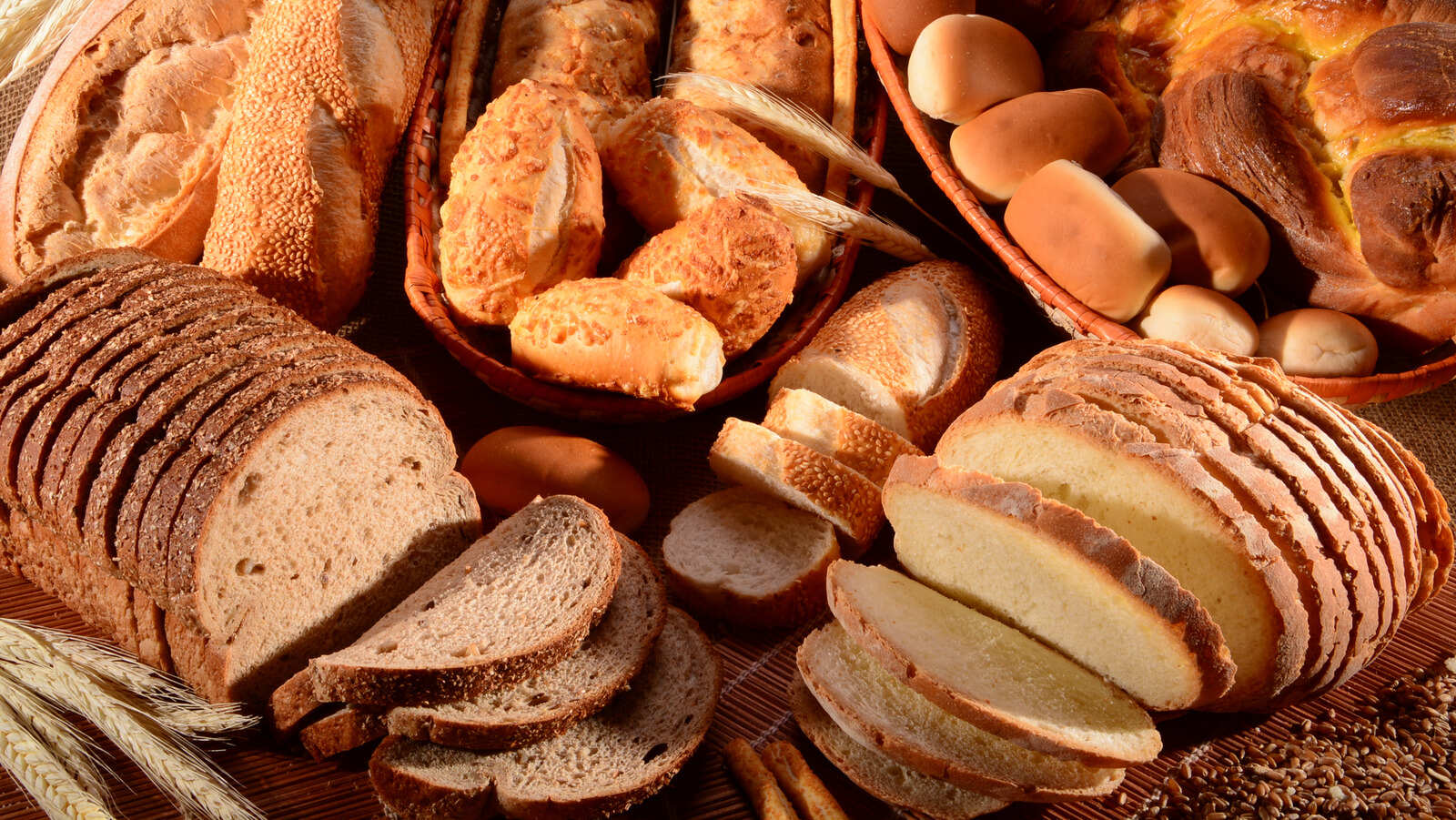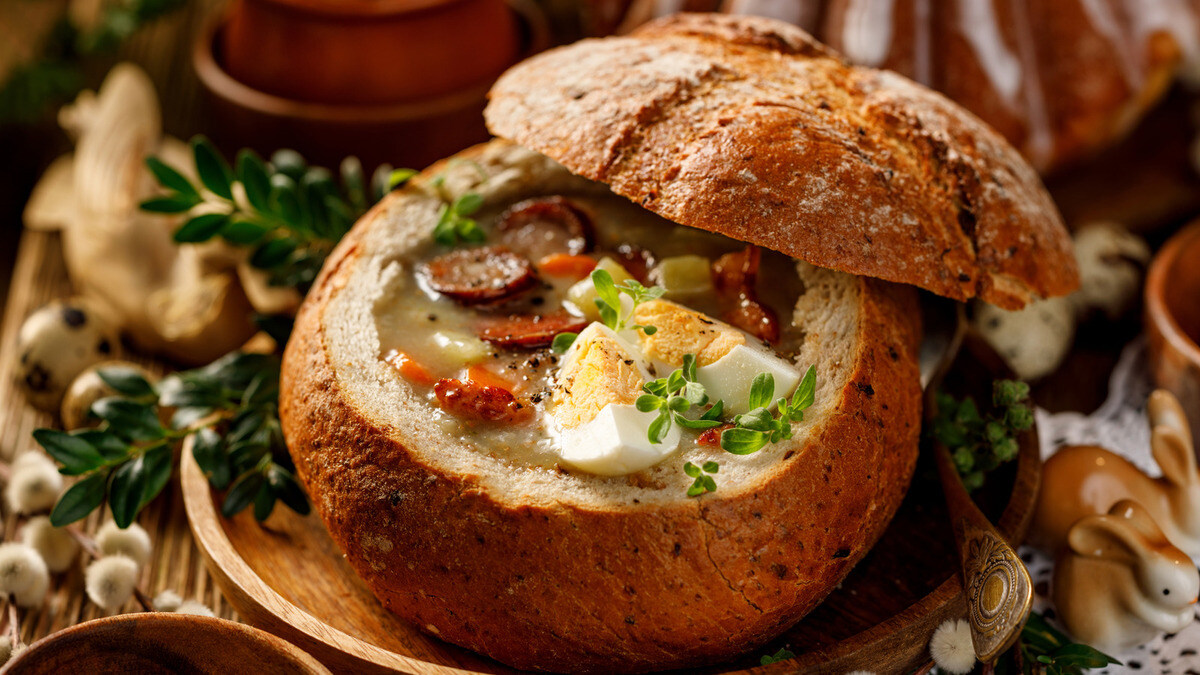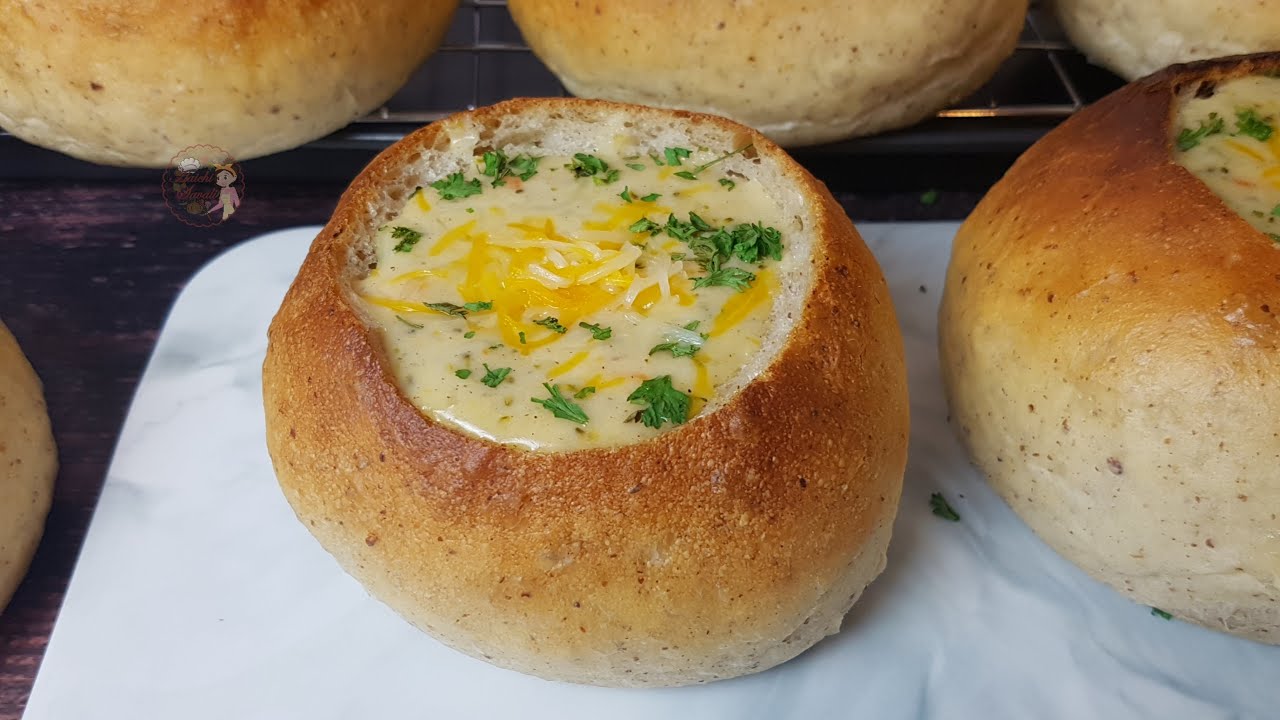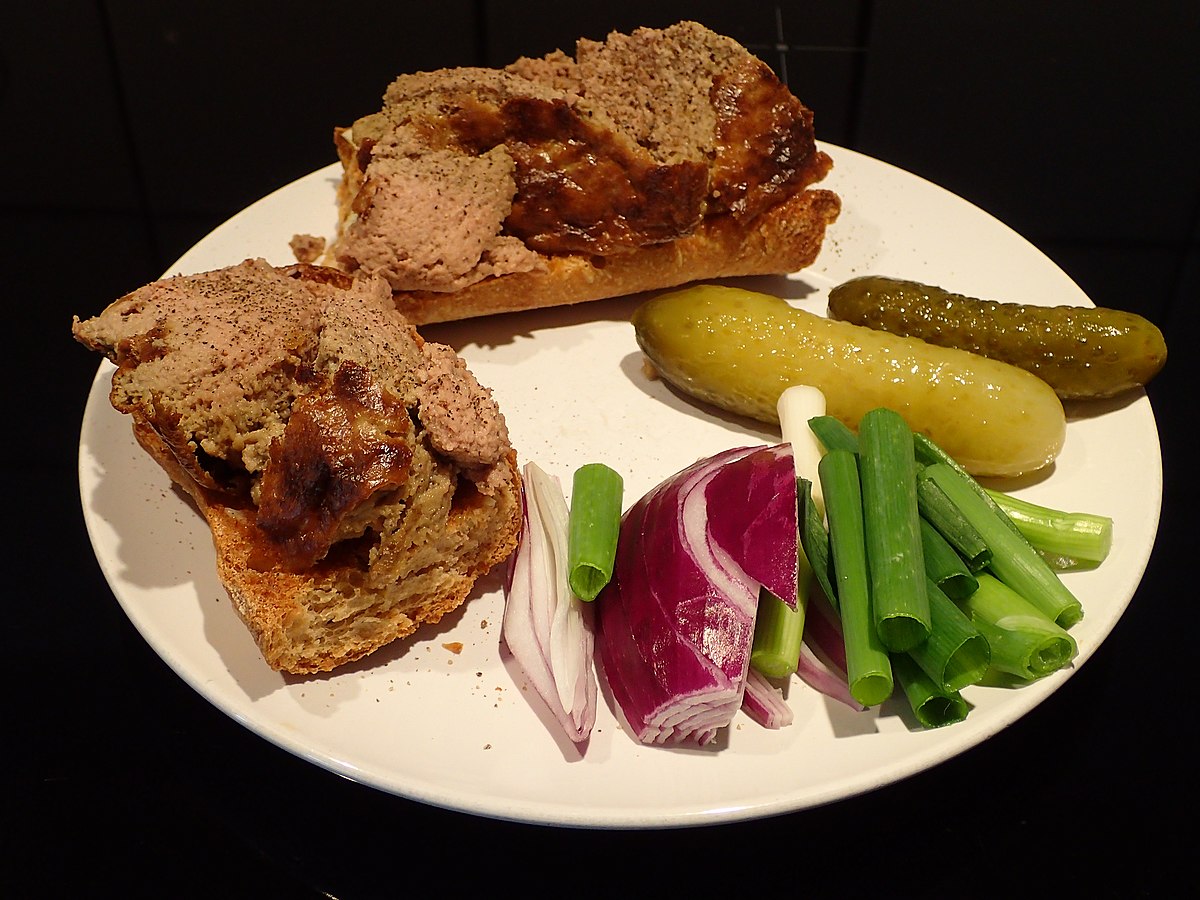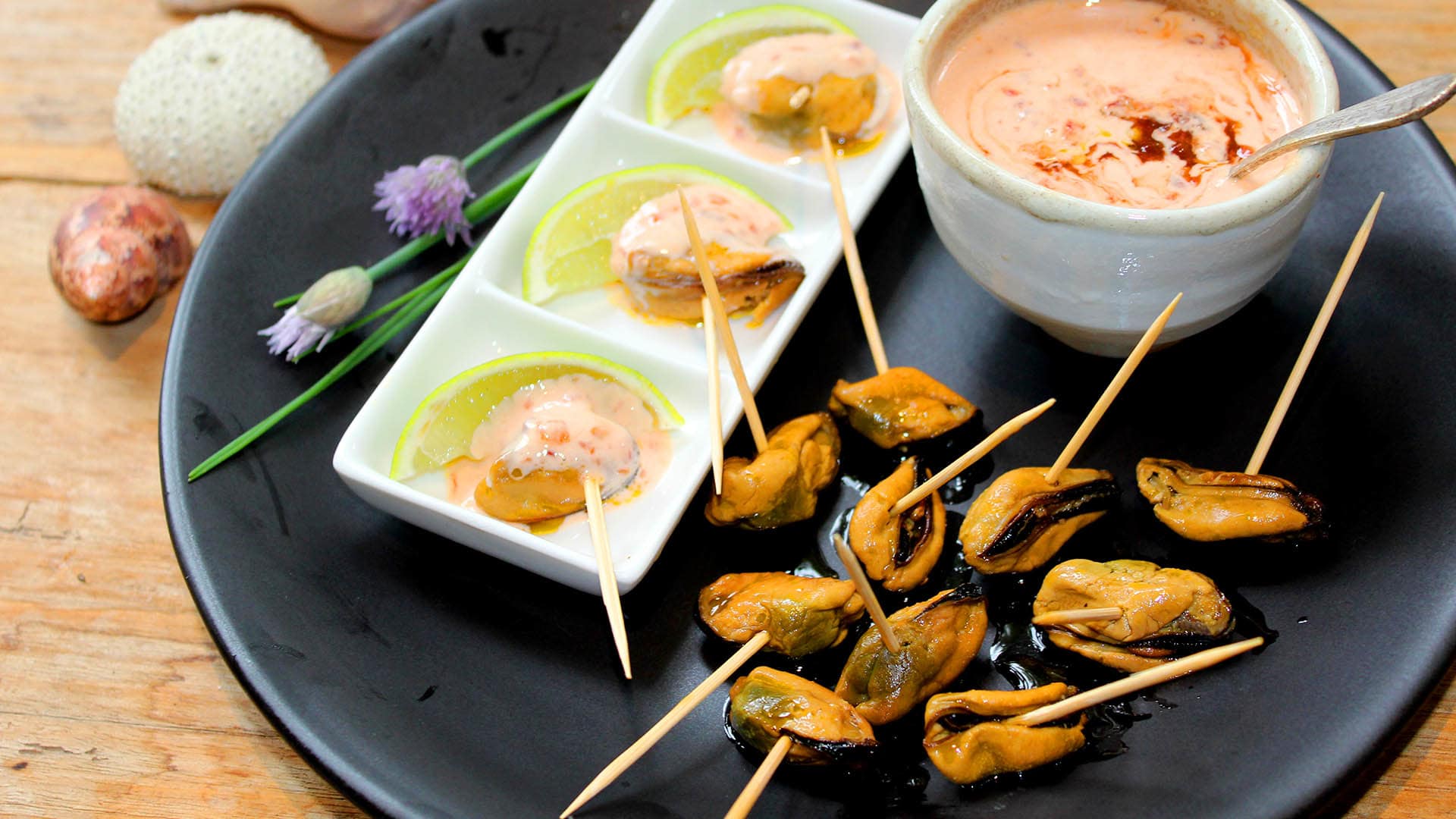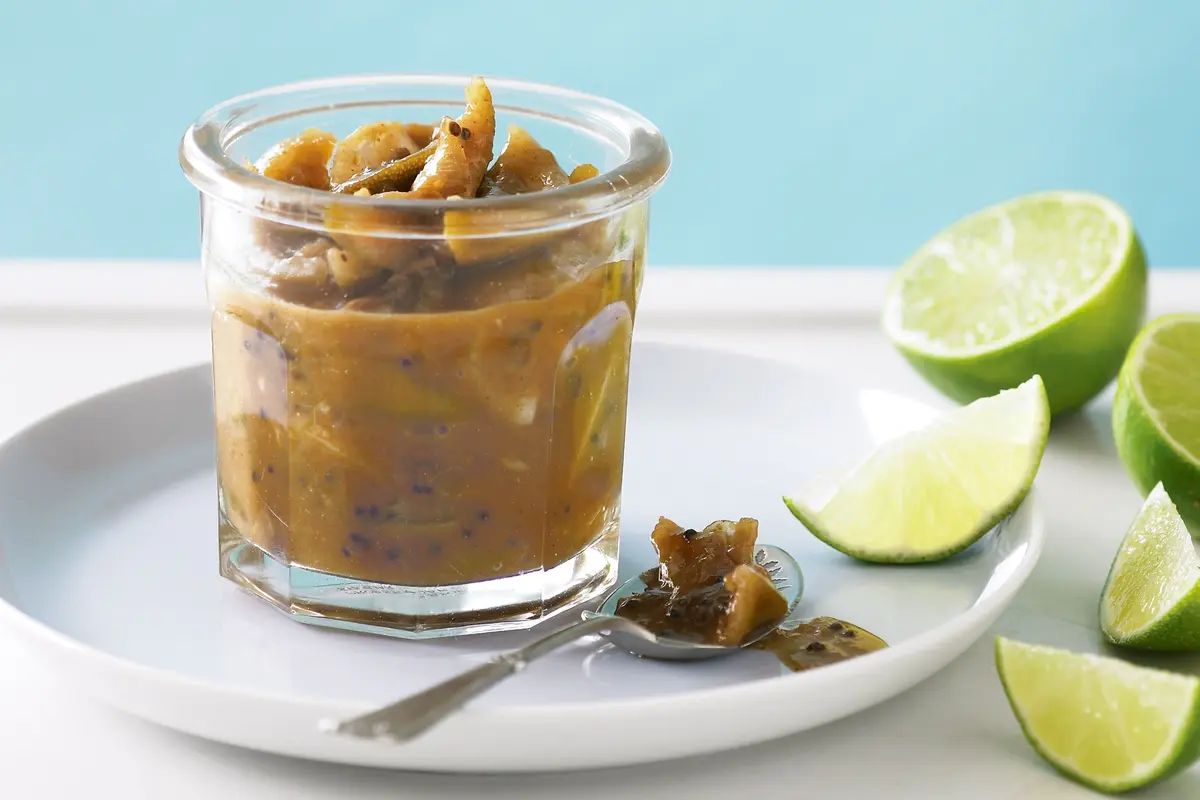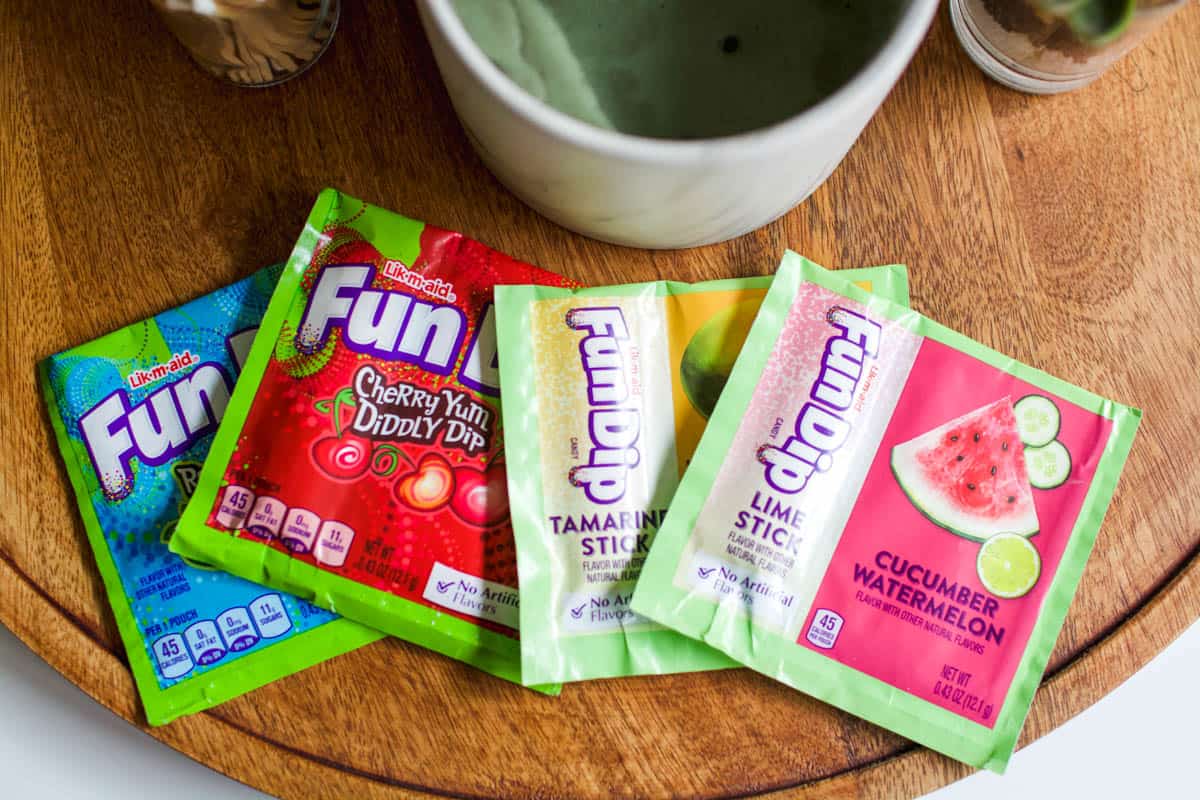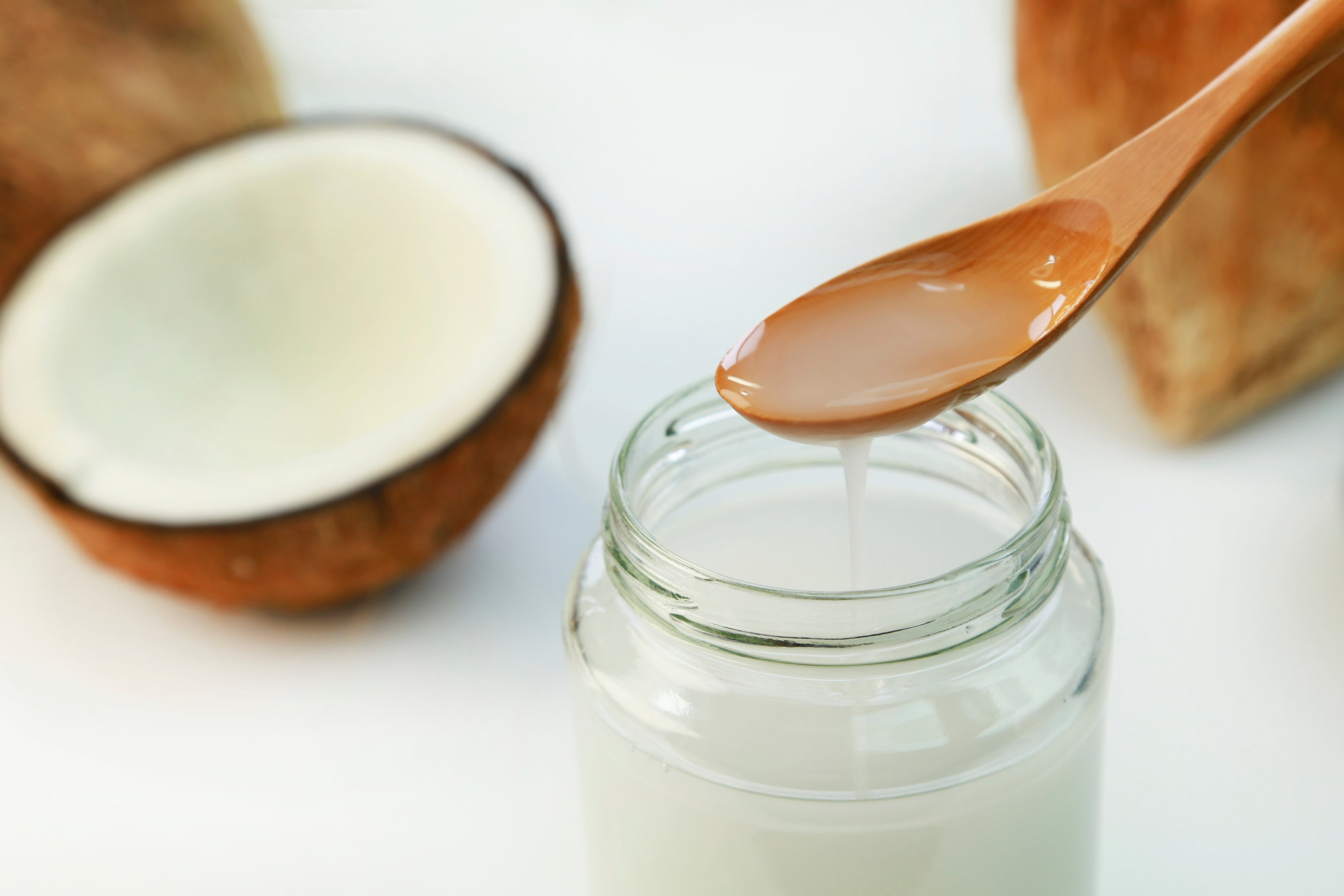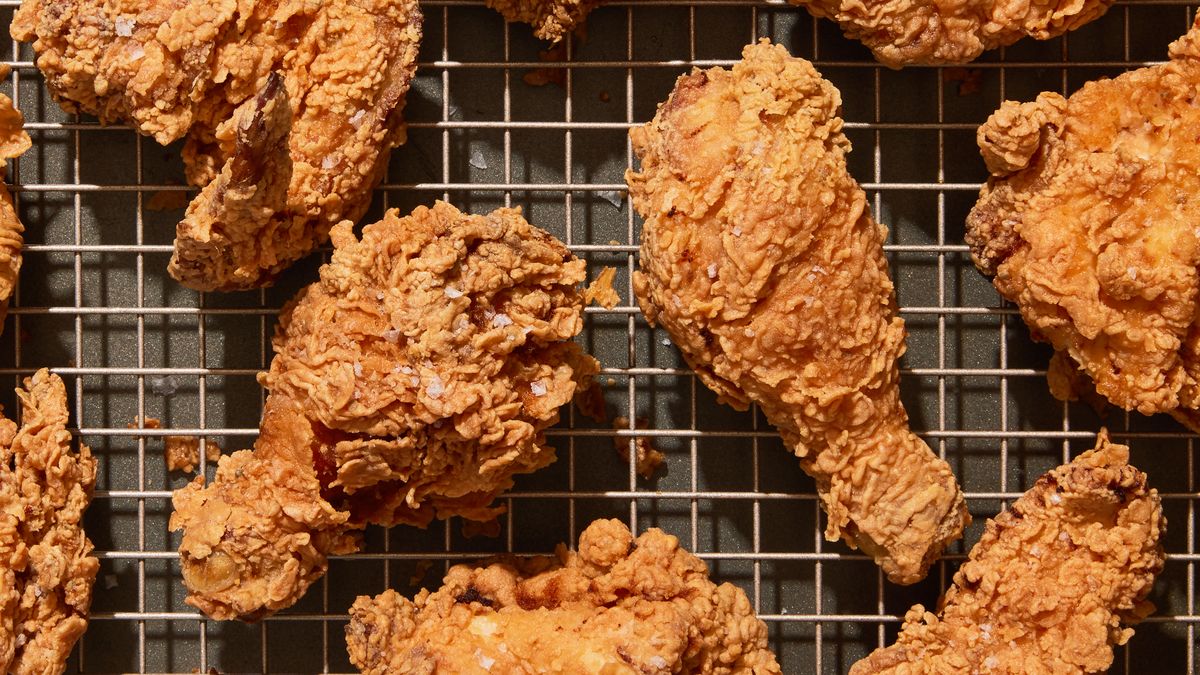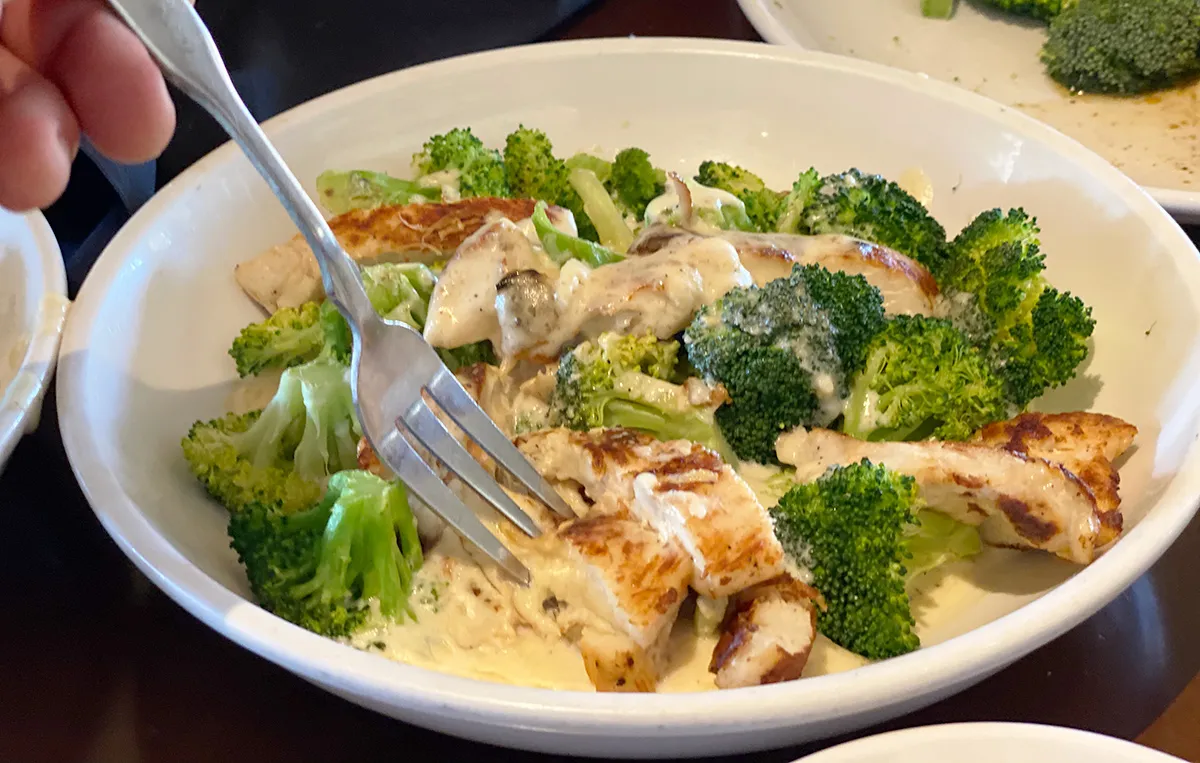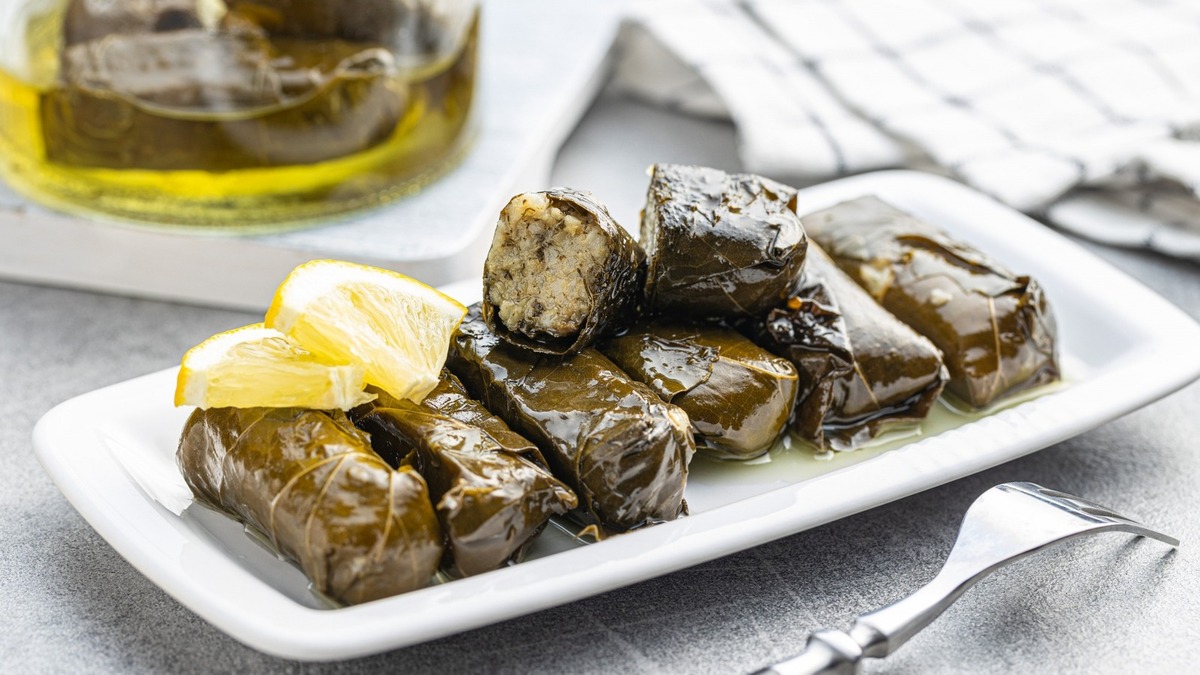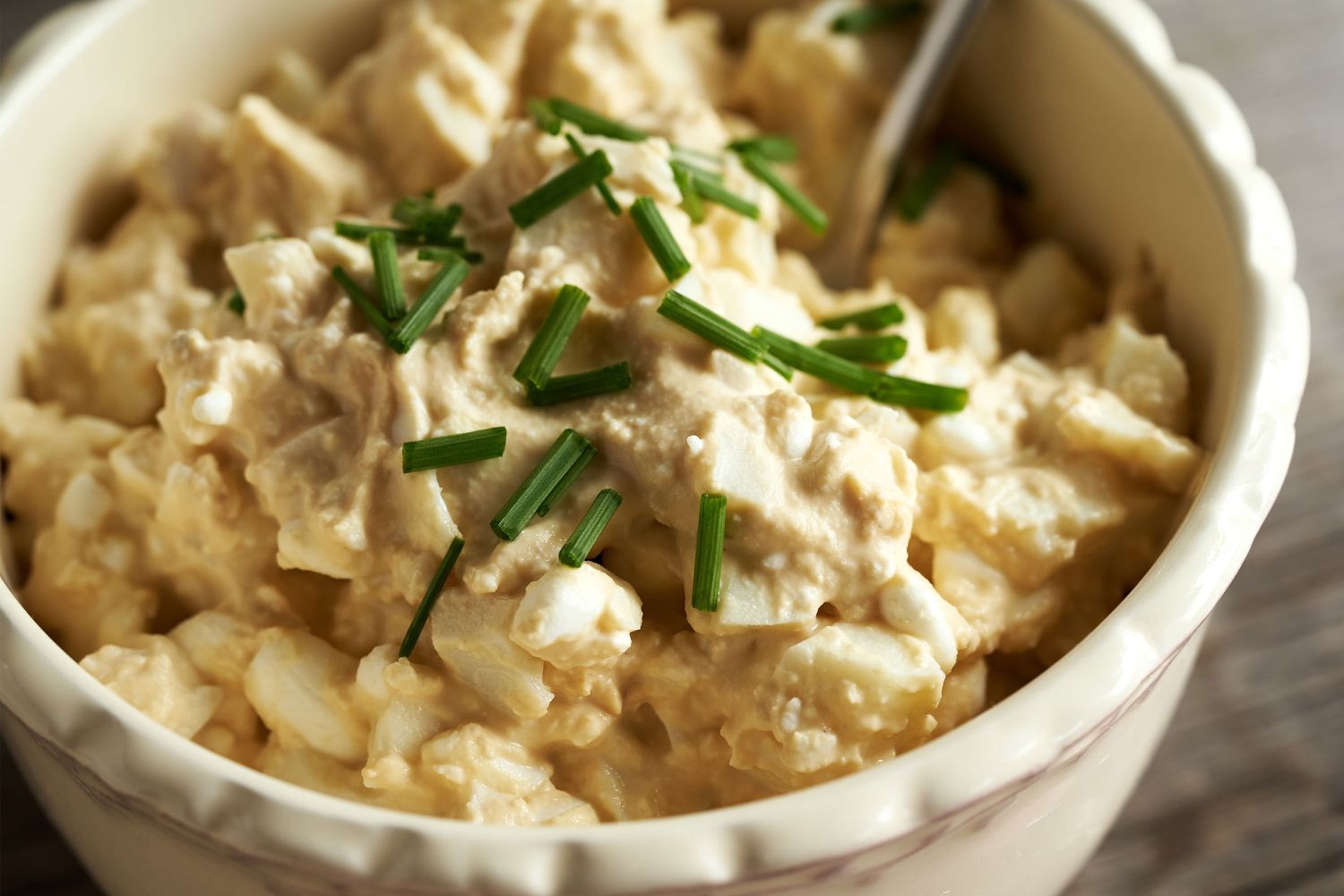How to Enjoy Bread with Dysphagia
If you have dysphagia, or difficulty swallowing, you may find it challenging to enjoy certain foods, including bread. However, with some modifications and the right approach, you can still savor the taste and texture of bread while ensuring safe swallowing. Here are some tips on how to eat bread when you have dysphagia:
Choose the Right Type of Bread
When selecting bread for individuals with dysphagia, it’s important to opt for softer varieties that are easier to swallow. Avoid crusty or dense breads that can be difficult to manage. Instead, consider the following options:
- Soft white bread
- Whole grain bread with a softer texture
- Fluffy, moist rolls or buns
Modify the Texture
To make bread more manageable for individuals with dysphagia, it can be helpful to modify its texture. This can be achieved by:
- Soaking bread in liquid to soften it
- Blending bread into a smooth puree
- Using thickened liquids to moisten bread
By adjusting the texture of bread, you can make it easier to swallow while still enjoying its flavor and nutritional benefits.
Consider Alternative Forms
If traditional bread poses challenges for individuals with dysphagia, there are alternative forms that can be easier to manage. Some options to explore include:
- Bread pudding
- Soft, moist bread-based desserts
- Bread incorporated into soups or stews
These alternatives can provide the comforting taste of bread in a form that is safer and more enjoyable for individuals with swallowing difficulties.
Practice Safe Eating Techniques
When consuming bread with dysphagia, it’s important to practice safe eating techniques to minimize the risk of choking or aspiration. Some tips to keep in mind include:
- Take small bites and chew thoroughly
- Ensure bread is well-moistened to aid swallowing
- Sit upright while eating to facilitate safe swallowing
By incorporating these techniques, individuals with dysphagia can continue to include bread in their diet while prioritizing safety.
Consult a Speech-Language Pathologist
If you or a loved one is struggling to eat bread or other foods due to dysphagia, it’s essential to seek guidance from a speech-language pathologist. These professionals can provide personalized strategies and recommendations to make eating a safer and more enjoyable experience.
With the right approach and modifications, individuals with dysphagia can still savor the simple pleasure of bread while ensuring their swallowing safety. By choosing the right type of bread, modifying its texture, considering alternative forms, practicing safe eating techniques, and seeking professional guidance, enjoying bread with dysphagia is indeed possible.
